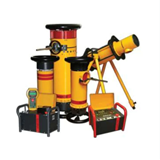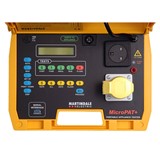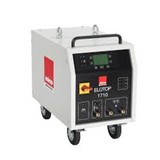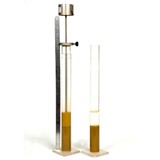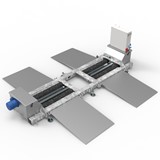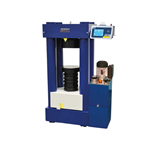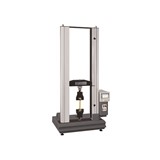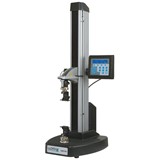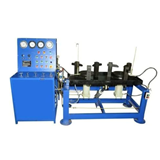Greater product complexity, along with a marked increase in the use of wireless connectivity, is driving the adoption of modular test tools.
According to analyst Frost & Sullivan, pressure to lower the cost of test, together with the increasing capabilities of modular instruments and their advantages over traditional instruments drove sales of the equipment to US$524.3 million ($513.1 million) in 2010. The company estimates revenues will climb to US$1.17 billion ($1.14 billion) by 2017.
The company says the modular approach provides engineers with the flexibility they need to alter their test strategies to meet the requirements of today’s smaller and faster electronic products. These devices-under-test (DUT) owe their performance to advances in electronics.
In turn, the modular test instruments needed to test sophisticated electronics benefit from these same improved chips.
For example, due to technical hurdles, RF test instrumentation on the popular PXI platform was inconceivable a decade ago, but now this compact form factor plays host to very high performance wireless test equipment.
"PXI instrumentation has strongly benefitted from technology innovation in semiconductors and more specifically, processors, field programmable gate arrays [FPGA] and data converters," Jessy Cavazos, an Industry Director with Frost & Sullivan, said.
The pace of adoption of modular instrumentation is likely to be slow, however, because users prefer to use traditional "rack-and-stack" instrumentation where possible due to product familiarity and ease of use. Frost & Sullivan adds that migration is also likely to be sluggish because users find selecting the right product from the wide array of modular instrumentation confusing compared to the relatively simple task of choosing a traditional instrument.
The company notes that in 2010, traditional instruments accounted for almost 85 per cent of the total global market revenue for general-purpose test equipment. Even though its revenue share is decreasing, traditional instrumentation will continue to remain a significant revenue generator for the next five years.
Modular instrument vendors need educate potential customers about the key benefits of modular instruments over traditional instrumentation to push sales, Cavazos said.
"Modular instruments vendors should not only convey the instrumentation’s ability to lower the costs of tests and address specific testing needs, but also focus on lesser-known advantages such as the scalability of such instrumentation," noted Cavazos.
Test equipment makers National Instruments, known for its modular instrumentation approach, and Tektronix (supplied by TekMark in Australia), which has favoured development of traditional instrumentation, have reacted to the dual demands of the market by teaming up.
Building on a 20-year collaboration, the two companies are: "co-innovating on new products that will improve productivity".
"By expanding our cooperation with Tektronix, we will be creating new offerings to provide engineers with greater design-to-manufacturing productivity, reduced test times and a lower cost of test," Eric Starkloff, Vice President of Product Marketing for Test at National Instruments, said.

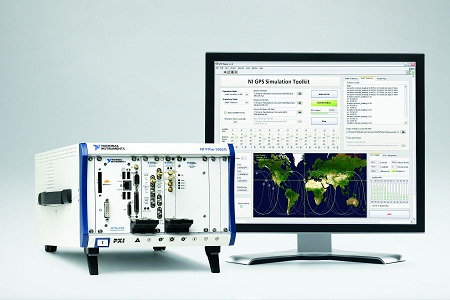
-160x160-state_article-rel-cat.jpg)
